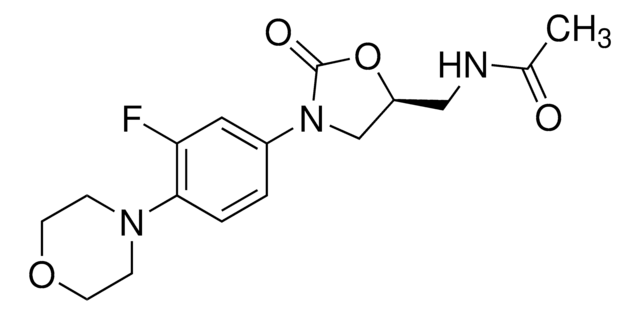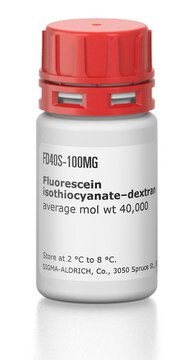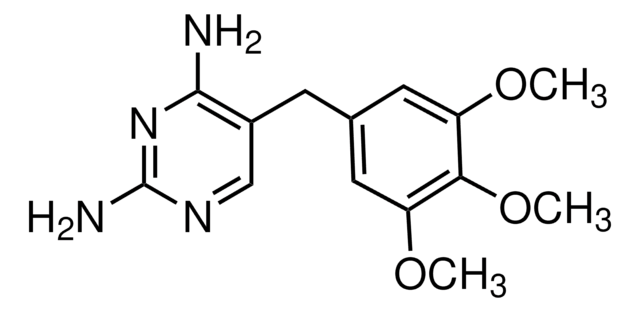About This Item
Recommended Products
form
powder
color
orange
fluorescence
λex 428 nm; λem 540 nm
storage temp.
room temp
SMILES string
[K+].[K+].NNC(=O)NN1C(=O)c2cc(cc3c(N)c(cc(C1=O)c23)S([O-])(=O)=O)S([O-])(=O)=O
InChI
1S/C13H11N5O9S2.2K/c14-10-5-1-4(28(22,23)24)2-6-9(5)7(3-8(10)29(25,26)27)12(20)18(11(6)19)17-13(21)16-15;;/h1-3H,14-15H2,(H2,16,17,21)(H,22,23,24)(H,25,26,27);;/q;2*+1/p-2
InChI key
HCWYSCVNSCIZCN-UHFFFAOYSA-L
Looking for similar products? Visit Product Comparison Guide
General description
Application
- to visualize cell morphology
- to assess intercellular communication activity through gap junction by scrape-loading assay
- as a component of the intracellular solution, which filled the dendrites for the visualization of neuronal morphology
- in the intracellular solution, to intracellularly label recorded neurons
Features and Benefits
Storage Class Code
11 - Combustible Solids
WGK
WGK 3
Flash Point(F)
Not applicable
Flash Point(C)
Not applicable
Personal Protective Equipment
Choose from one of the most recent versions:
Already Own This Product?
Find documentation for the products that you have recently purchased in the Document Library.
Customers Also Viewed
Articles
This is a protocol for a Membrane Integrity test for Lipid-PAMPA Artificial Membranes
Our team of scientists has experience in all areas of research including Life Science, Material Science, Chemical Synthesis, Chromatography, Analytical and many others.
Contact Technical Service








